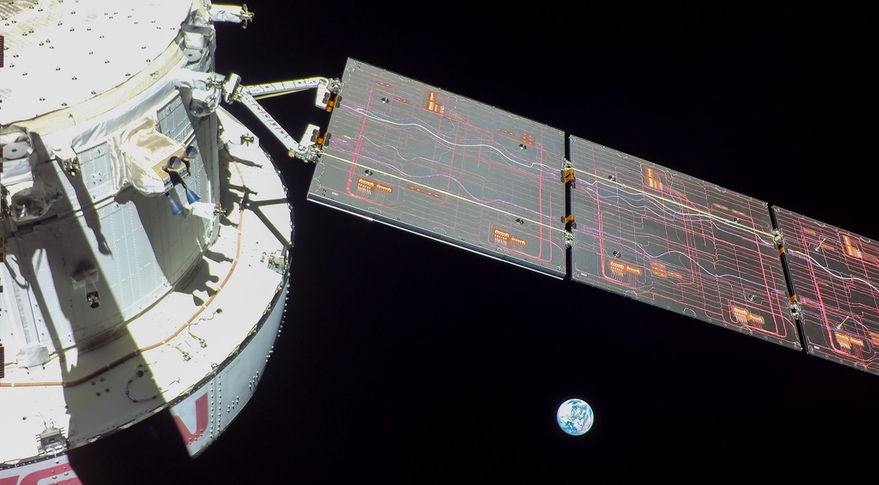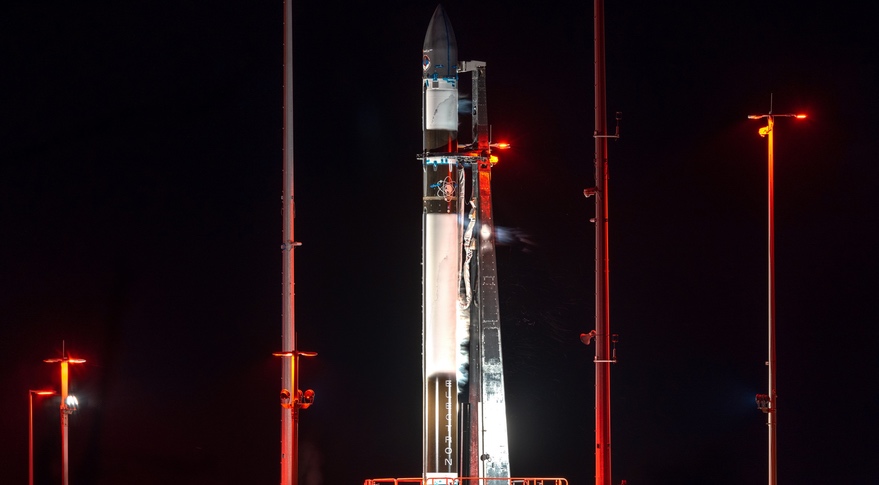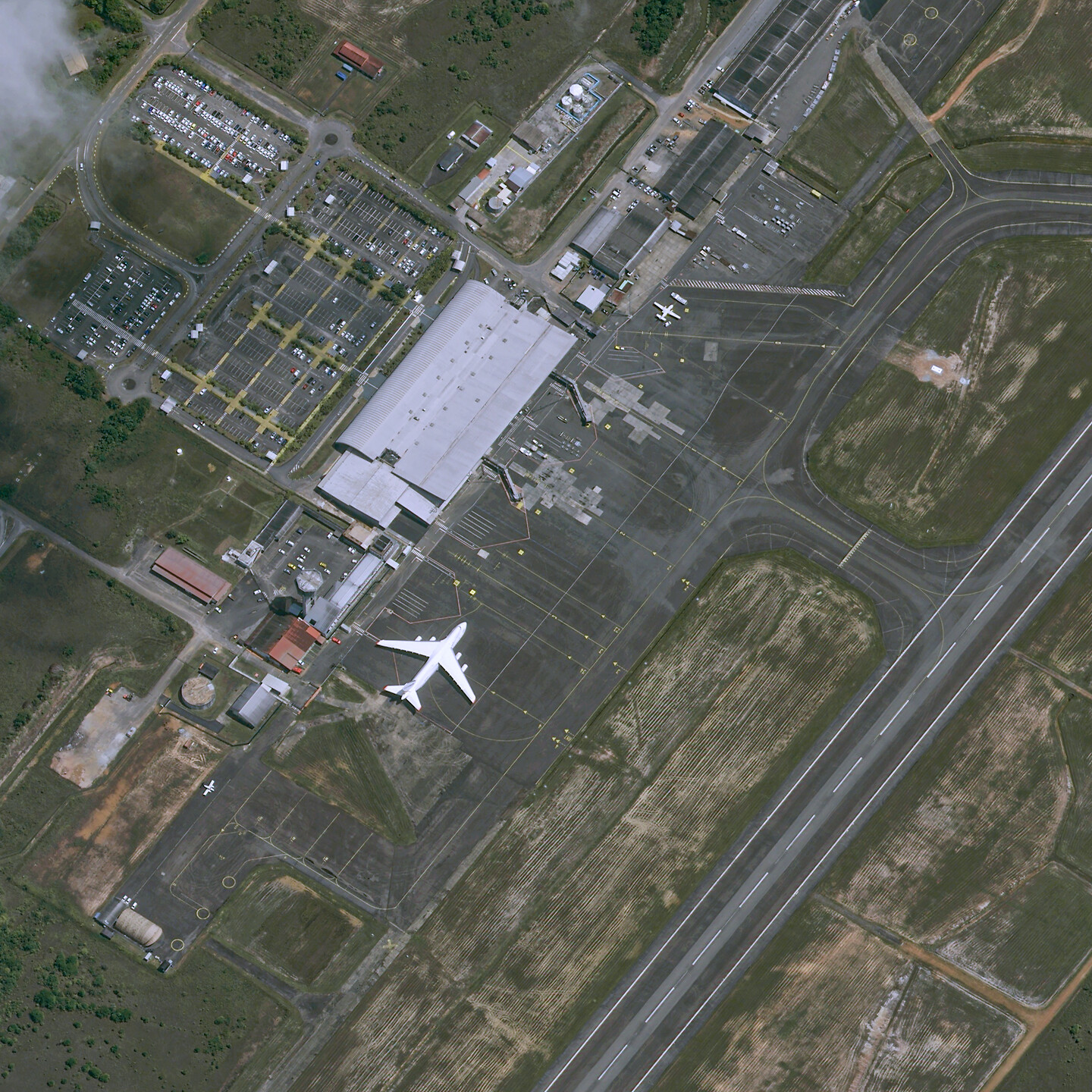Orion enters lunar distant retrograde orbit
Original Publication Date: 2022-11-25 23:44

Orion spacecraft fired main engine in its European Service Module at 4:52 p.m. Eastern. The maneuver changed the velocity of the spacecraft by about 110 meters per second. Orion will perform a maneuver Dec. 1 to depart DRO, heading back towards the moon. The spacecraft will conduct another burn during a lunar flyby Dec. 5.
Rocket Lab to launch remaining NASA TROPICS satellites
Original Publication Date: 2022-11-25 17:34

NASA has selected Rocket Lab to launch the remaining four cubesats of a constellation. The first two TROPICS cubesats were lost in a Rocket 3.3 launch failure June 12. NASA originally awarded a $7.95 million contract to Astra for six of the satellites.
Equipment defect delays first commercial Vega C flight
Original Publication Date: 2022-11-25 17:07

Arianespace says it is delaying the first commercial flight for Europe's upgraded Vega C rocket. The company discovered the defect on the medium-lift rocket as it was being armed. Vega C and the high-resolution Pléiades Neo 5 and 6 satellites are in a safe condition.
NASASpaceFlight.com
India launches a new ocean monitoring satellite on Saturday morning. PSLV rocket delivers the EOS-06 spacecraft into a low Earth orbit. The mission, PSLV C54, lifted off from the Satish Dhawan Space Centre at 11:56 local time (06:26 UTC)
Commercial Archives
SpaceX launches the Eutelsat-10B communication satellite into a supersynchronous geostationary transfer orbit. A Falcon 9 Block 5 rocket carrying the satellite lifted off from Space Launch Complex 40 at the Cape Canaveral Space Force Station in Florida on Nov. 22.
International Archives
India launches a new ocean monitoring satellite on Saturday morning. The PSLV rocket carried the EOS-06 spacecraft into a low Earth orbit. The mission, PSLV C54, lifted off from the Satish Dhawan Space Centre at 11:56 local time (06:26 UTC)
ISS Updates – Spaceflight101 – International Space Station

A veteran NASA spacewalker and an EVA rookie from Japan ended their week with nearly six hours of work outside the International Space Station. The restoration of the Station’s Mobile Servicing System started last year and continued in January to provide Canadarm2 with a new pair of grappling hands.
Featured – Spaceflight101

SpaceX Falcon 9 takes to the skies over Florida’s Cape Canaveral Monday afternoon. The flight-proven Dragon spacecraft will deliver science gear, supplies and maintenance hardware to the International Space Station. This is the first of at least six cargo ships inbound to the U.S. Segment of ISS this year.
News – Spaceflight101

Russia's Rockot booster set to blast off from the Plesetsk Cosmodrome at 17:57 UTC with the Sentinel-3B multi-function satellite. The rocket will carry the multi-function Sentinel-3B satellite into orbit. It is the latest addition to Europe's Copernicus satellite fleet.
Re-Entry: Long March 11 Rocket Body – Spaceflight101

The CZ-11 fourth stage used leftover propellant for a partial de-orbit maneuver, lowering its perigee to 120 Kilometers to significantly accelerate its orbital decay. It is reportedly built around a YF-50 main engine and in a nominal mission conducts the orbital circularization after the three CZ-11 stages finish their job.
NASA’s Europa Clipper Gets Its Wheels for Traveling in Deep Space

The Europa Clipper mission is set to launch in October 2024. The mission will explore the icy moon of Europa. The mission is not a life-detection mission, it will conduct a detailed exploration of Europa and investigate whether the icy moon, with its subsurface ocean, has the capability to support life.
NASA, ESA Reveal Tale of Death, Dust in Orion Constellation

In between the two hollow regions are orange filaments where dust condenses and forms new stars. Over time, these filaments may produce new giant stars that will once again reshape the region. Launched in 2009, the WISE spacecraft was placed into hibernation in 2011 after completing its primary mission. In September 2013, NASA reactivated the spacecraft with the primary goal of scanning for near-Earth objects, or NEOs.
Meet the People Behind the SWOT Water-Tracking Satellite

Satellite will be the first to observe nearly all water on Earth’s surface. Led by NASA and the French space agency Centre National d’Études Spatiales (CNES) SWOT will measure the height of water in lakes, rivers, reservoirs, and the ocean.
NASA Program Predicted Impact of Small Asteroid Over Ontario, Canada

Asteroid streaked across the sky high in Earth’s atmosphere, broke up, and likely scattered small meteorites over the southern coastline of Lake Ontario. Roughly 1 meter (3 feet) wide, the asteroid was detected 3 ½ hours before impact. Such small asteroids are not a hazard to Earth, but they can be a useful test for NASA’s planetary defense capabilities.
NASA’s Perseverance Rover Investigates Intriguing Martian Bedrock

After it collects a sample from Yori Pass, Perseverance will drive 745 feet (227 meters) southeast to a mega sand ripple. Located in the middle of a small dune field, the ripple will be where the rover collects its first samples of regolith, or crushed rock and dust.
NASA Study: Rising Sea Level Could Exceed Estimates for U.S. Coasts

Satellite measurements of sea surface height are correlated with NOAA tide gauge records dating as far back as 1920. The researchers noted that the accelerating rate of sea level rise detected in satellite measurements from 1993 to 2020. The trends along the U.S. Southeast and Gulf coasts are substantially higher than for the Northeast and West coasts.
How NASA’s Deep Space Network Supports the Agency’s Missions

Deep Space Network will support Artemis I’s uncrewed Orion capsule beyond low-Earth orbit after launch. The network will work in tandem with NASA’s Near Space Network. The networks help to create a foundation for future crewed Artemis launches to the lunar surface.
